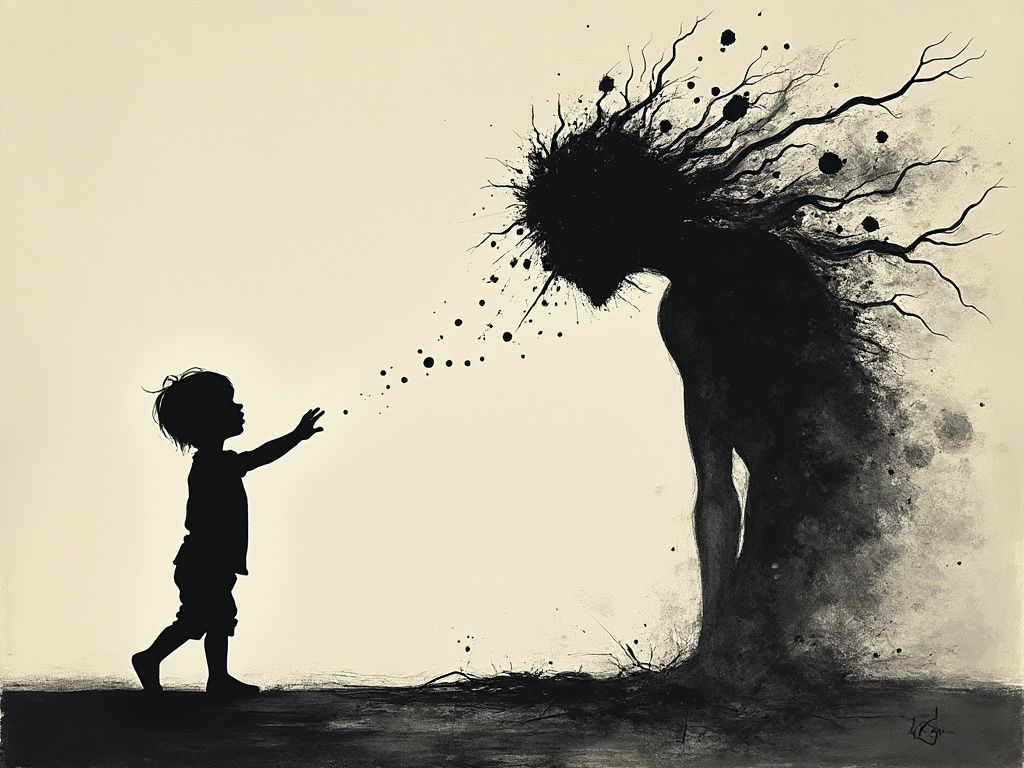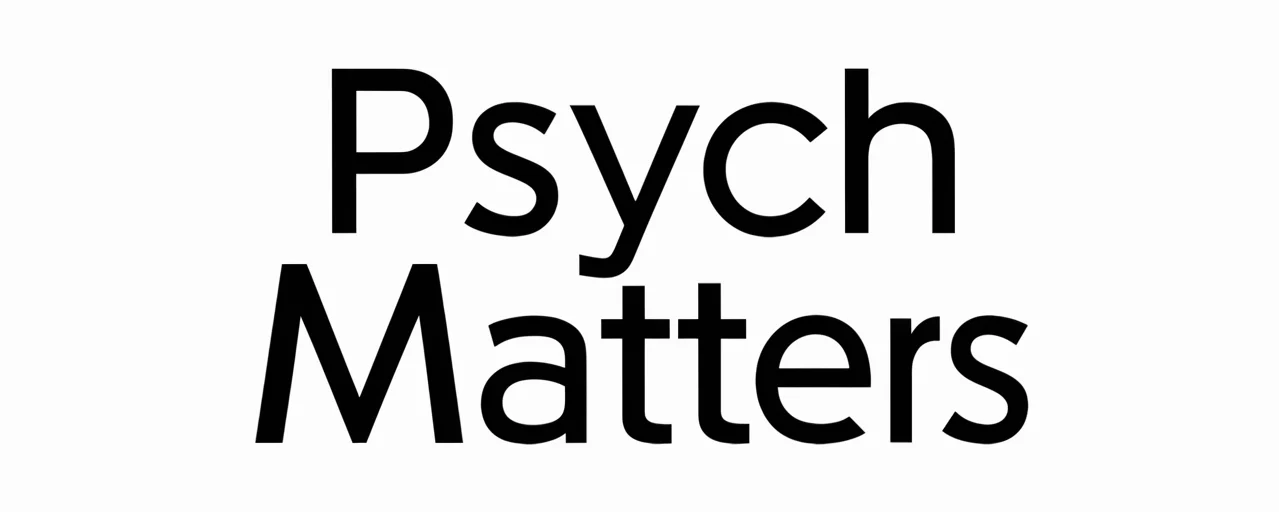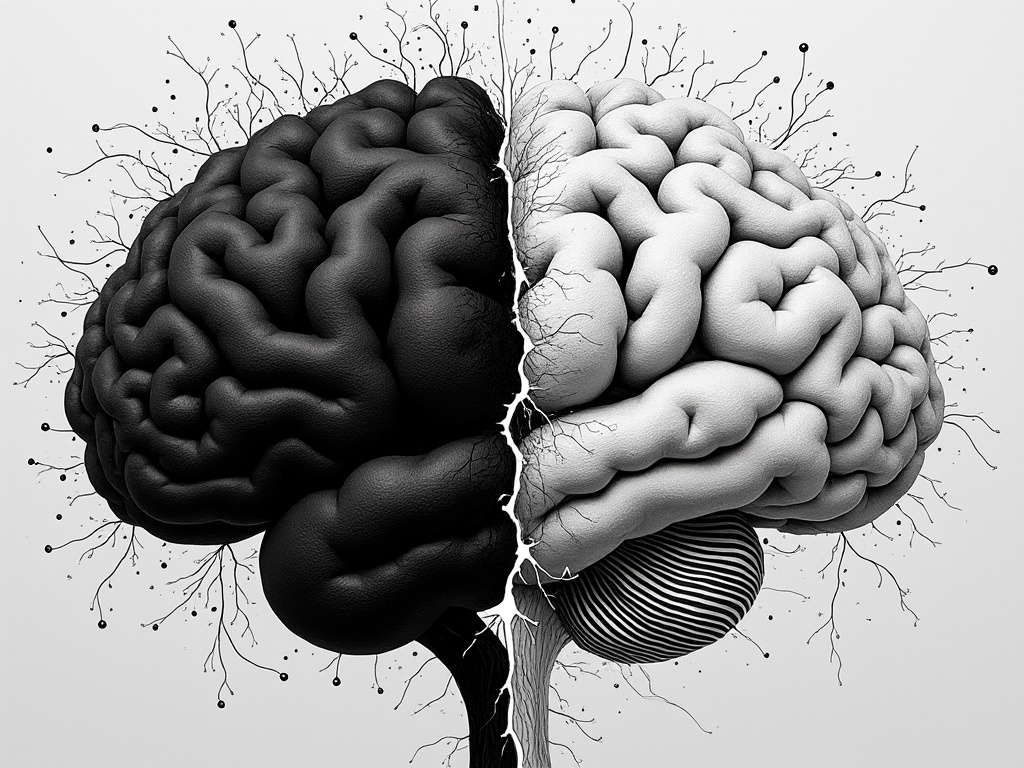Splitting Psychology: Understanding the Black-and-White Defense Mechanism
Splitting psychology, a powerful defense mechanism, plays a significant role in various personality disorders and profoundly impacts an individual’s relationships and overall well-being. This article aims to provide a comprehensive overview of splitting, its origins, manifestations, and potential therapeutic approaches.
What is Splitting?
Splitting, also known as black-and-white thinking, is a psychological defense mechanism where individuals view people, situations, or events as entirely good or entirely bad, with no middle ground. This all-or-nothing perspective can lead to intense and unstable relationships, as well as difficulties in emotional regulation.

Ting et al. (2022) explain that splitting is often associated with borderline personality disorder (BPD) and other personality disorders. In their study, they note:
“The study selected 200 college students with borderline disorders and personality split as the subjects and divided them into experimental and control groups. The control group received traditional medication treatment and received routine music education. Based on the control group, the experimental group reformed the music teaching curriculum system to assist in therapy.”
This research highlights the prevalence of splitting in BPD and explores innovative therapeutic approaches, such as music therapy, to address this complex psychological phenomenon.
Origins of Splitting

Splitting often originates in early childhood experiences, particularly when caregivers are inconsistent, unpredictable, or display extreme emotions. As a coping mechanism, children may develop this black-and-white thinking to simplify their world and manage overwhelming emotions.
The development of splitting is closely tied to attachment styles formed in childhood. When a child experiences inconsistent caregiving or trauma, they may struggle to integrate positive and negative aspects of their experiences, leading to a polarized view of the world.
Splitting in Action
Splitting manifests in various ways:
- Idealization: Viewing someone as perfect or flawless, often placing them on an unrealistic pedestal.
- Devaluation: Suddenly seeing someone as entirely worthless or evil, often triggered by minor disagreements or perceived slights.
- Shifting Alliances: Rapidly changing perceptions of who is “good” or “bad” within a group or relationship.
For example, a person engaging in splitting might idolize a new friend, seeing them as the perfect companion. However, after a minor disagreement, they may abruptly shift to viewing this friend as completely untrustworthy and malicious, with no middle ground.

The Impact of Splitting
While splitting can serve as a protective mechanism, it often leads to unhealthy consequences, including:
- Unstable relationships
- Difficulty with empathy
- Impulsivity
- Challenges in emotional regulation
- Distorted self-image
- Difficulty maintaining consistent personal and professional connections

These impacts can extend beyond personal relationships, affecting work environments and broader social interactions.
Splitting in Personality Disorders
Splitting is a core symptom of Borderline Personality Disorder (BPD), but it also manifests in other personality disorders:
- Borderline Personality Disorder: Individuals with BPD often experience intense, unstable relationships characterized by alternating between idealization and devaluation.
- Narcissistic Personality Disorder: Splitting may manifest as viewing others as either perfect admirers or worthless critics.
- Histrionic Personality Disorder: People with this disorder might engage in dramatic shifts in their perceptions of others based on attention received.

Addressing Splitting
Therapy plays a crucial role in addressing splitting behaviors. Dialectical Behavior Therapy (DBT) is particularly effective in treating BPD and associated splitting tendencies. The goal is to help individuals develop:
- Self-awareness to recognize black-and-white thinking patterns
- Emotional regulation skills to manage intense emotions
- The ability to hold complex, nuanced views of themselves and others
DBT techniques include mindfulness practices, distress tolerance skills, and interpersonal effectiveness training.

Interestingly, innovative approaches are being explored to address splitting. Gibbons et al. (2022) discuss the potential of intelligent tutoring systems in psychology education:
“Splitting up the architecture for an intelligent tutor into layers allows different pieces to age at different rates which, in turn, allows the intelligent tutor to be adapted to new research and design theories.”
While not directly addressing splitting psychology, this concept could potentially be applied to develop adaptive, personalized therapeutic tools for individuals struggling with splitting behaviors. Such technologies could offer tailored interventions and real-time support for managing splitting tendencies.
Developing Self-Compassion and Resilience
A crucial aspect of addressing splitting is fostering self-compassion and resilience. Individuals who engage in splitting often struggle with self-perception, alternating between grandiosity and self-loathing. Therapeutic approaches focus on:
- Cultivating a more balanced self-view
- Developing tolerance for ambiguity and uncertainty
- Building resilience to cope with emotional challenges
- Practicing self-compassion during moments of distress

Conclusion
Understanding splitting psychology is crucial for those experiencing it, their loved ones, and mental health professionals. With proper treatment and support, individuals can recognize splitting tendencies and develop healthier thought patterns and relationships.
Remember, splitting is a coping mechanism, not a character flaw. Recovery and improved emotional regulation are possible with patience, understanding, and professional help. By fostering awareness and empathy, we can create a more supportive environment for those grappling with splitting tendencies, paving the way for healing and personal growth.
Resources
For further information and support, consider the following resources:
- National Alliance on Mental Illness (NAMI): www.nami.org
- Psychology Today – Find a Therapist: www.psychologytoday.com/us/therapists
- National Education Alliance for Borderline Personality Disorder: www.borderlinepersonalitydisorder.org
References
Ting, L., Chen, Y., & Guo, L. (2022). Educational psychology on the construction of music curriculum system: taking borderline personality disorder and personality splitting students as examples. Frontiers in Psychology, 13. https://www.semanticscholar.org/paper/db54474f9797100d8dcb1b4b697a97756bb27272
Gibbons, A. S., Nelson, J., Robers, E., & Olsen, J. B. (2022). From Systems to Services: Changing the Way We Conceptualize ITSs — A Theoretical Framework and Proof-of-concept. International Journal of Artificial Intelligence in Education, 1-29. https://www.semanticscholar.org/paper/e0d3e8c5c6e2925c96878f995c9b8074952c3ed1







